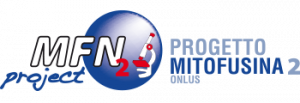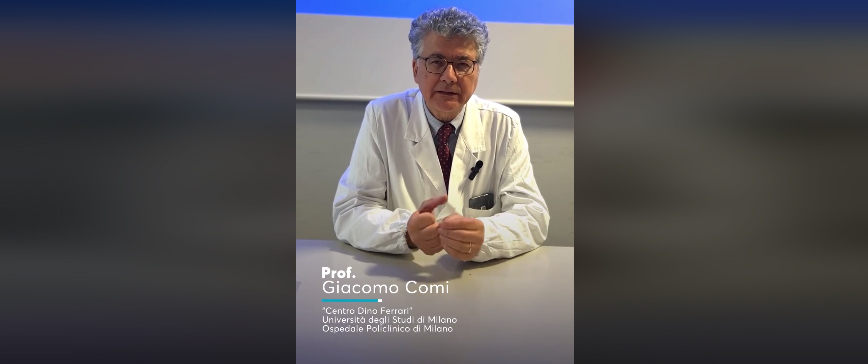Interview with Prof. Comi, Director of the Dino Ferrari Centre
29 febbraio 2024
On the occasion of Rare Disease Day, which was celebrated on 29 February (“day of a leap year, rare as the diseases we are talking about”), Professor Comi, Director of the “Dino Ferrari Centre” gave an interesting interview about rare diseases (like CMT2A) which, for us, it’s like a ray of sunshine warming our hearts and giving us hope. In the interview the Professor, indeed, says diseases are “rare” only when we consider them individually, because all together they represent a large field of research where science is making huge progress and “where serious paths of therapy have been finally glimpsed ” (!!).
We have transcribed for you an excerpt from the interview. It is worth reading.
As Centro Dino Ferrari, Center for the diagnosis of neuromuscular, neurodegenerative and brain-muscular diseases, we intervene on Rare Disease Day. Not surprisingly, this year the Day falls on February 29… a day of a leap year… as rare as the diseases we are talking about… although, in reality (if we threw them all together) they represent a big field of interest for the whole scientific community and in particular for the Dino Ferrari Centre… which was born around a rare disease (the Duchenne muscular dystrophy) as a historical starting point that gradually widened up to the whole range of neuromuscular diseases from the central nervous system’s rare diseases to the genetic forms of movement disorders […].
For some years now, there has been a particular focus in scientific research on all rare diseases, starting from the age of genetic identification and, in more recent years, on the basis of the fact that we have finally glimpsed serious paths of therapy… So the identification of new therapies is changing the landscape. It is common practice in some areas of rare diseases to activate gene therapy pathways. There are also other practices in the field of internal medicine that are becoming increasingly important, such as molecular and RNA therapies.
There is some reason why these innovative therapies find their field of application in rare diseases, and particularly in rare neurological diseases… because these diseases have so far been orphaned, that is, of therapeutic tools that changed the course of (often) very disabling and very severe diseases. And yet recently we have entire classes of new drugs on muscular dystrophy, spinal muscular atrophy […], on inflammatory neuropathies and myopathies there is, instead, a high level of innovation, while the disturbances of the central nervous system are seeing these first advances which are extending to other diseases.
It is clear that rare diseases represent a unique challenge precisely because of their variety… often the number of patients involved is counted on the fingers of a hand. You need to know, do networking, connect with other centers, know how to talk and also know how to make international network connection: for example, the Dino Ferrari Center collaborates with the European Reference Network for Neuromuscular Diseases and so on. We need to have an attitude to put together and work in a synergic way in both academic and clinical field, and with the pharmaceutical industries, to bring innovation as quickly as possible to our patients.
There is one last point in rare diseases, genetic diseases in particular, which is truly innovative: since last year. the neonatal diagnosis of Spinal Muscular Atrophy has been active in the Regione Lombardia, It’s a single disease… you might say… but it is a very important model because we have gone from orphan diseases to therapeutic approaches, to see a way also in the enlargement of newborn screening for all children born in the territory: a great asset and a piece of planning on rare diseases that should not be underestimated because it can give very significant results for years to come.
In Dino Ferrari Centre’ effort, and in the one of anyone dealing with rare diseases, the alliance with patients and families, the relationship with patient associations and their contribution in spreading knowledge, in attracting interest is fundamental. Rare Disease Day is also a day in which we need to give thanks to the much work of voluntary associations, patient associations that try to bring knowledge, including scientific knowledge, in areas that would not otherwise be enlightened. This type of activity also deserves special thanks.




